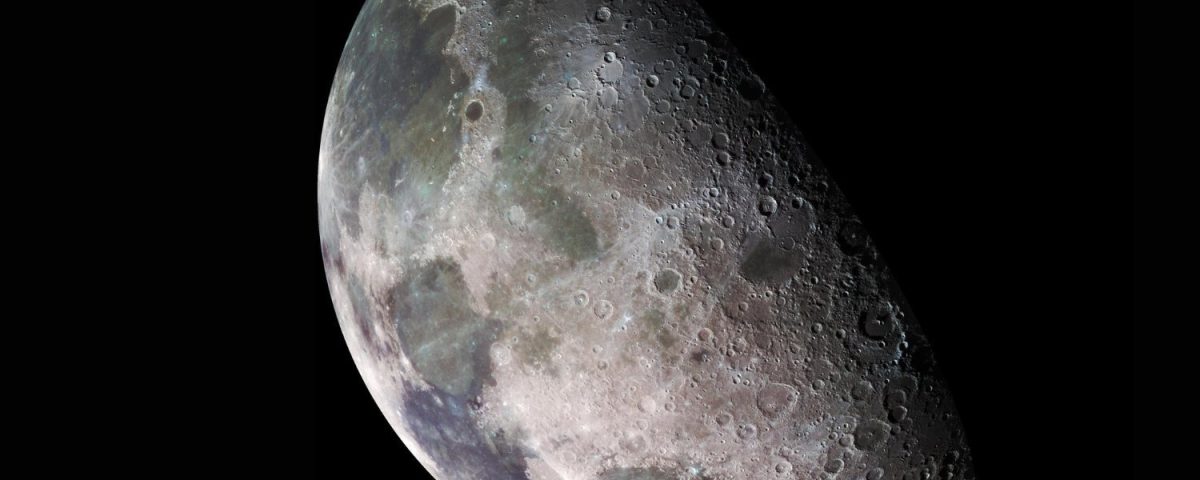What Just Hit the Moon?

It’s Time to Move Past AI Nationalism
December 28, 2024
Forget cruise ships — Carnival is spending big on private island resorts
December 28, 2024What Just Hit the Moon?
Flashes on our natural satellite’s surface suggest the annual Geminids meteor shower isn’t just making an impact on Earth.
Full Article
Daichi Fujii can’t get enough of the flashy skies. The astronomer and curator of the Hiratsuka City Museum recently captured videos of bright flashes on the Moon, which coincide with the Geminid meteor showers. Ergo: Some of these fireballs may be hitting our rocky satellite. The Moon’s pockmarked face is no stranger to impacts from rocky debris in our cosmos. In fact, it’s been smacked by Geminids beforeâaccording to a 2015 NASA study, the Moon was hit by 19 Geminids in 2006 and impacted by 21 in 2010. Nevertheless, the recent footage may show such impacts as they happened. Fujii captured the footage at 7:41 p.m. and 10:34 p.m. local time on December 8, according to translated posts on X, formerly Twitter. Fujii “was able to confirm it [the lunar impact flash] with multiple telescopes,” according to to the post. “Bright meteors and fireballs have been appearing every day, but lunar impact flashes have also been captured one after another.” The Geminids are an annual mid-December meteor shower. On a clear night, the meteors can look like brilliant cosmic fireworks. According to NASA, the shower is “one of the best opportunities for young viewers since this shower starts around 9 or 10 p.m.,” and the shower is best viewed after giving your eyes about 30 minutes to adapt to a dark environment. The Geminids originate from an asteroid called 3200 Phaethon, which the Infrared Astronomical Satellite discovered in October 1983. Last year, a joint NASA-ESA mission took new observations of Phaethon and found that the comet-like asteroid’s tail is made up of sodium, rather than dust, potentially shaking up the origin story of the Geminids. ä»å¤ã¯ãã1ã¤æé¢è¡çªéå ãããã¾ããã2024å¹´12æ8æ¥22æ34å35ç§ã«èªå® ãã360fpsã§æ®å½±ã(ã¹ãã¼åç)ãè¤æ°å°ã®æé é¡ã§ç¢ºèªã§ãã¾ãããé£æ¥æããæµæãç«çãæµãã¦ãã¾ãããæé¢è¡çªéå ãç¶ãã¦æãããã¦ãã¾ãã pic.twitter.com/iHUq9EuXQg — è¤äºå¤§å° (@dfuji1) December 8, 2024 Last year, Fujii caught NASAâs Ice, Cloud and Land Elevation Satellite 2, or ICESat-2, pulsing lasers into the night sky as it flew overhead. A NASA instrument scientist and member of the ICESat-2 team later confirmed it was the first time the team had seen footage of the instrument’s lasers at work. Fujii also captured footage of a meteor impacting the Moon last year, causing a flash on the satellite’s surface similar to those captured this month. It’s not entirely clear that the recently captured footage shows Geminids hitting the Moonâthough clearly something is. An expert from the American Meteor Society told EarthSky that it is possible the impact was caused by a Geminid, as the mystery object struck the Moon in the expected direction for such a meteor. If lying down and staring at the night sky on a cold December night isn’t your thing, worry not. The Perseidsâanother bright meteor shower in our night skiesâoccurs in July and early August, and may be more your speed. You’ll just have to wait a little while.
astrophotographycratersLunar sciencemeteor showerMeteors
Get the best tech, science, and culture news in your inbox daily.
News from the future, delivered to your present.
Please select your desired newsletters and submit your email to upgrade your inbox.
Our rocky satellite’s real age is concealed by a “remelting” event that caused its surface to liquify, distorting the story told in lunar rocks.
The rover trekked nearly 2,000 feet to get out of the crater, where it will explore a 4-billion-year-old environment.
Don Pettit packed a home-made tracker to space, allowing him to bless our timelines with long-exposure images.
The bright and fast meteor show will peak on November 18, appearing in all parts of the sky.
The 5.3-mile-wide crater is now confirmed to be 66 million years old, suggesting that the impact of at least two giant space rocks preceded the mass extinction of dinosaurs.
The famous Perseids, among the year’s most spectacular meteor showers, will hit their peak on the night of August 11.
The Best Tech Gifts of 2024 â We may earn a commission when you buy through links on our sites.
©2024 GIZMODO USA LLC. All rights reserved. Mode
Follow us
Mode
Follow us

